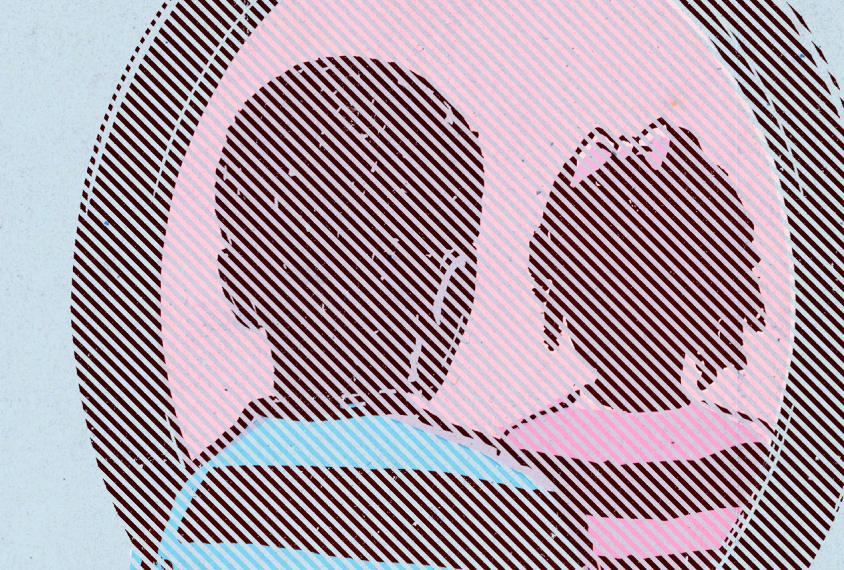The Paradox of Recognition: Hijra in Bangladesh
In South Asia, if a person has difference between gender and sexuality is called hijra. They are part of openly established subculture of male-bodied feminine-identified people. Hijra has been there in the society since ancient times. However, only in recent times they have received social recognition by law. In Bangladesh the recognition of the hijra, as a third gender, conveys the view the politics of interpellation of a marginal social group into a form of disability.
The paper emphases on the revolution of this cultural category of third gender into a legal category of third gender. It shows the procedure of legal recognition which has demanded a simultaneous utilization of a discourse of disability in the constitution of hijra as citizens worthy of rights. The international community outlooks the recognition of a third gender as a progressive socio-legal advance. However, in Bangladesh, hijra are understood as a special group of people born with ‘missing’ or ambiguous genitals delinked from desire.
Reference:
Hossain, A. (2017). The paradox of recognition: hijra, third gender and sexual rights in Bangladesh. Culture, Health & Sexuality, 1-14.
http://www.tandfonline.com/doi/full/10.1080/13691058.2017.1317831

